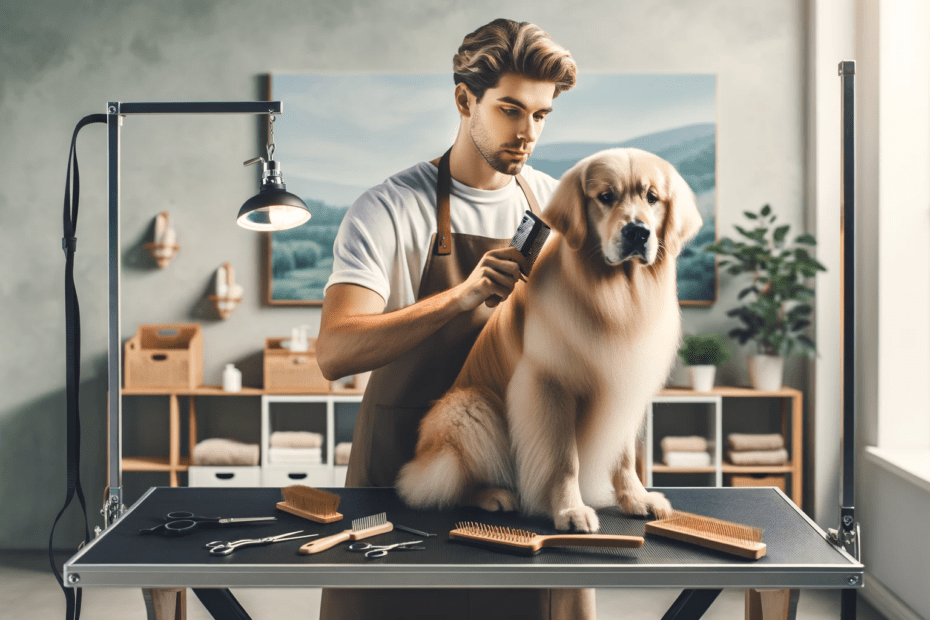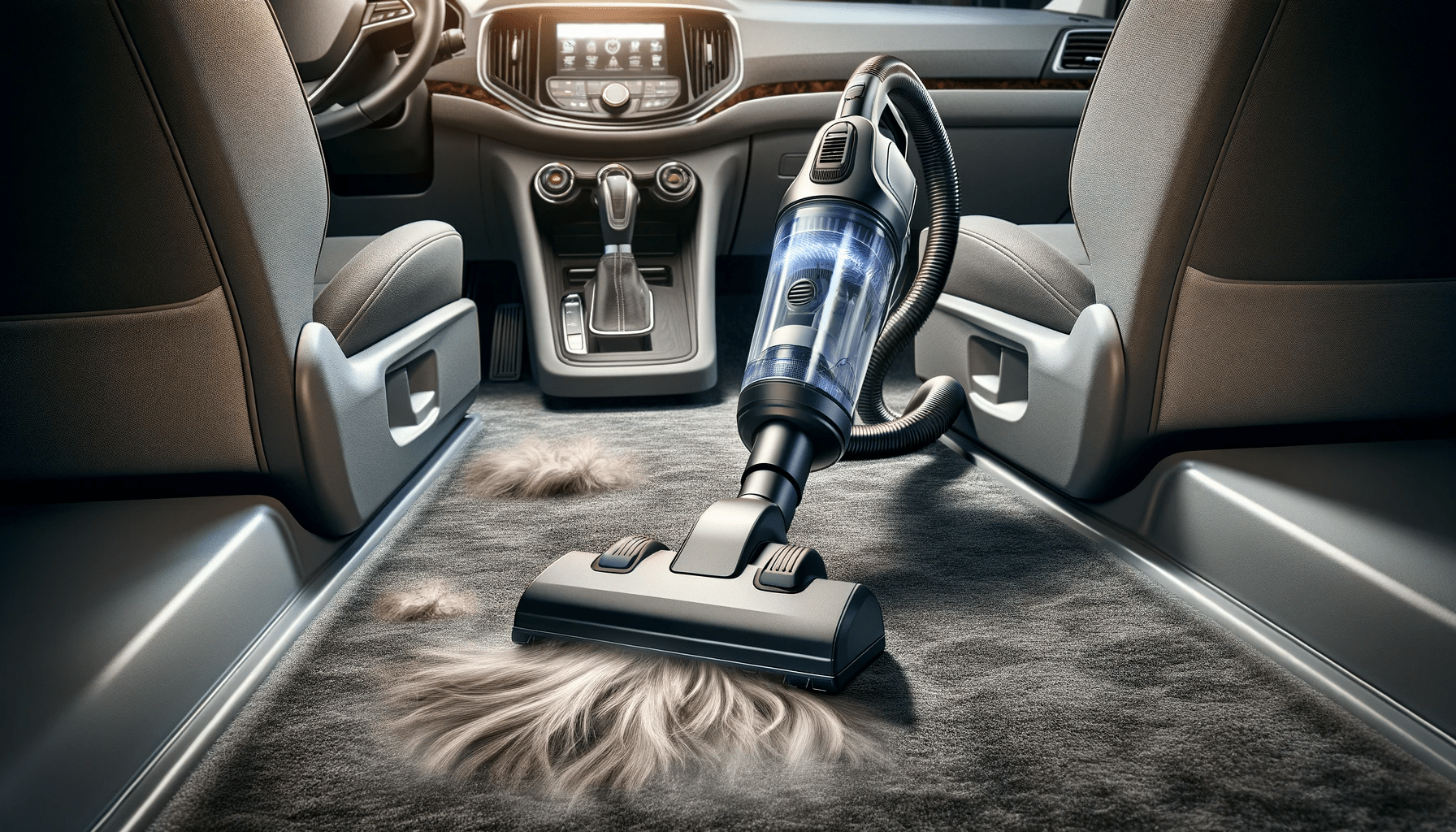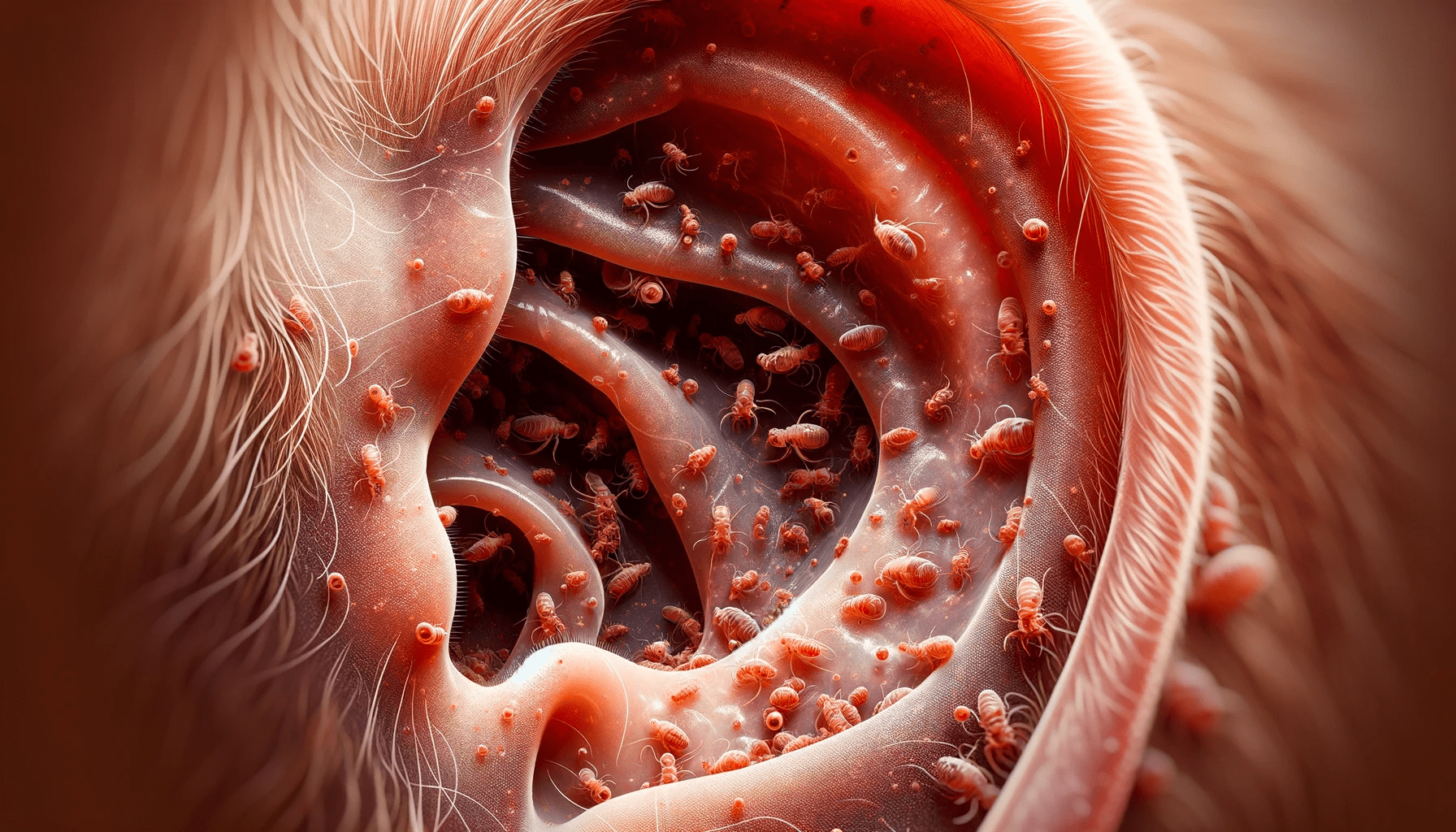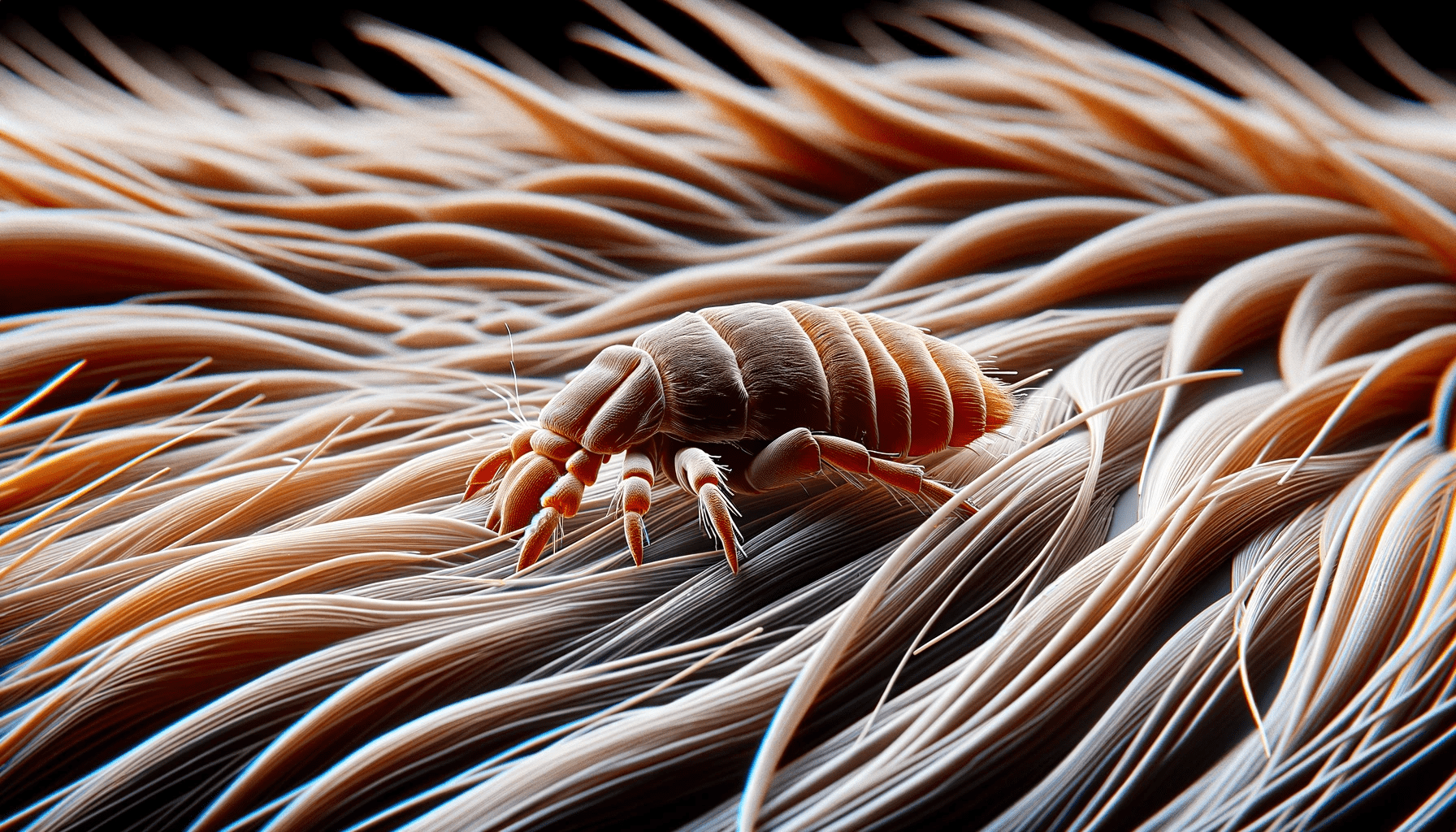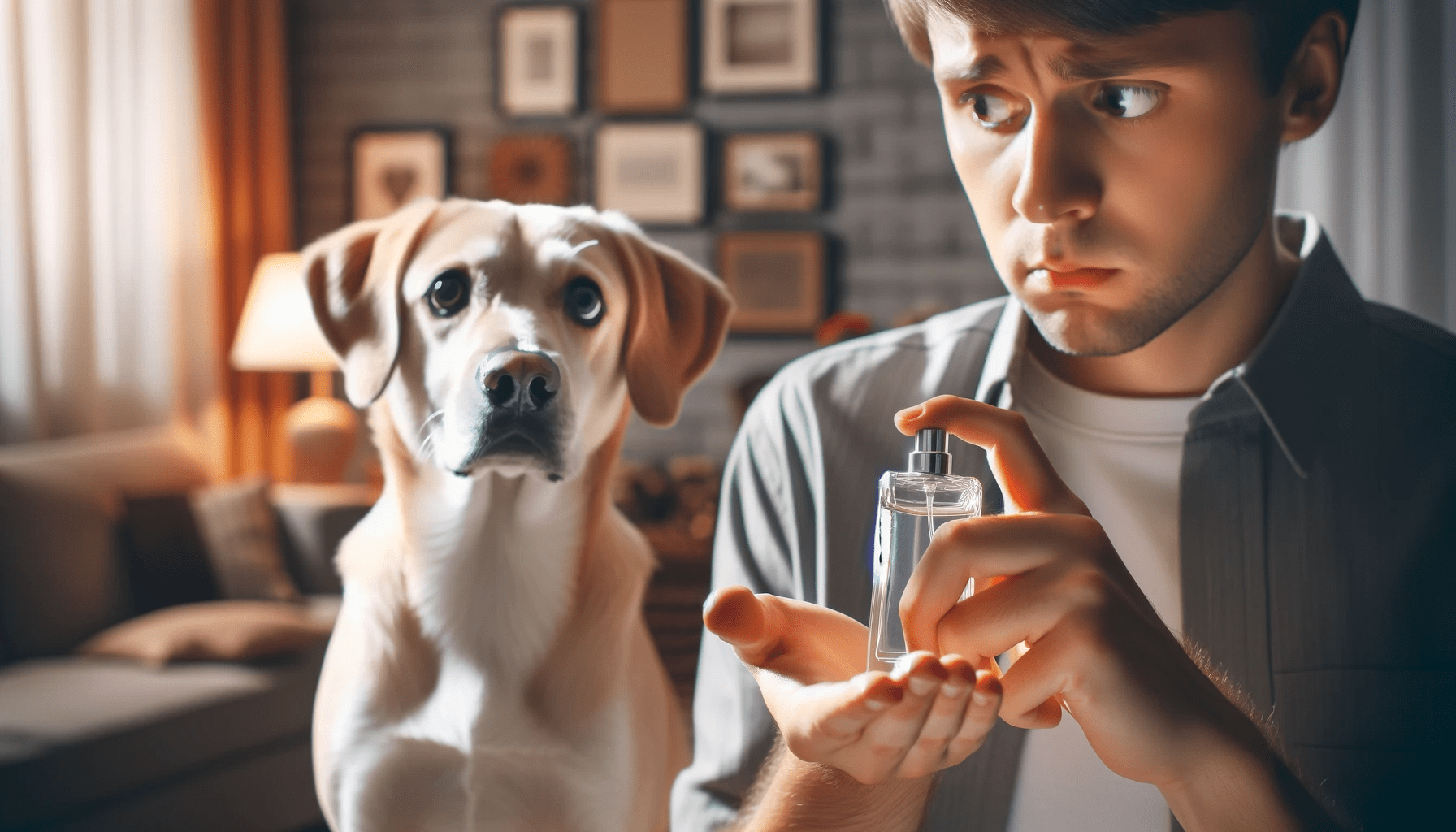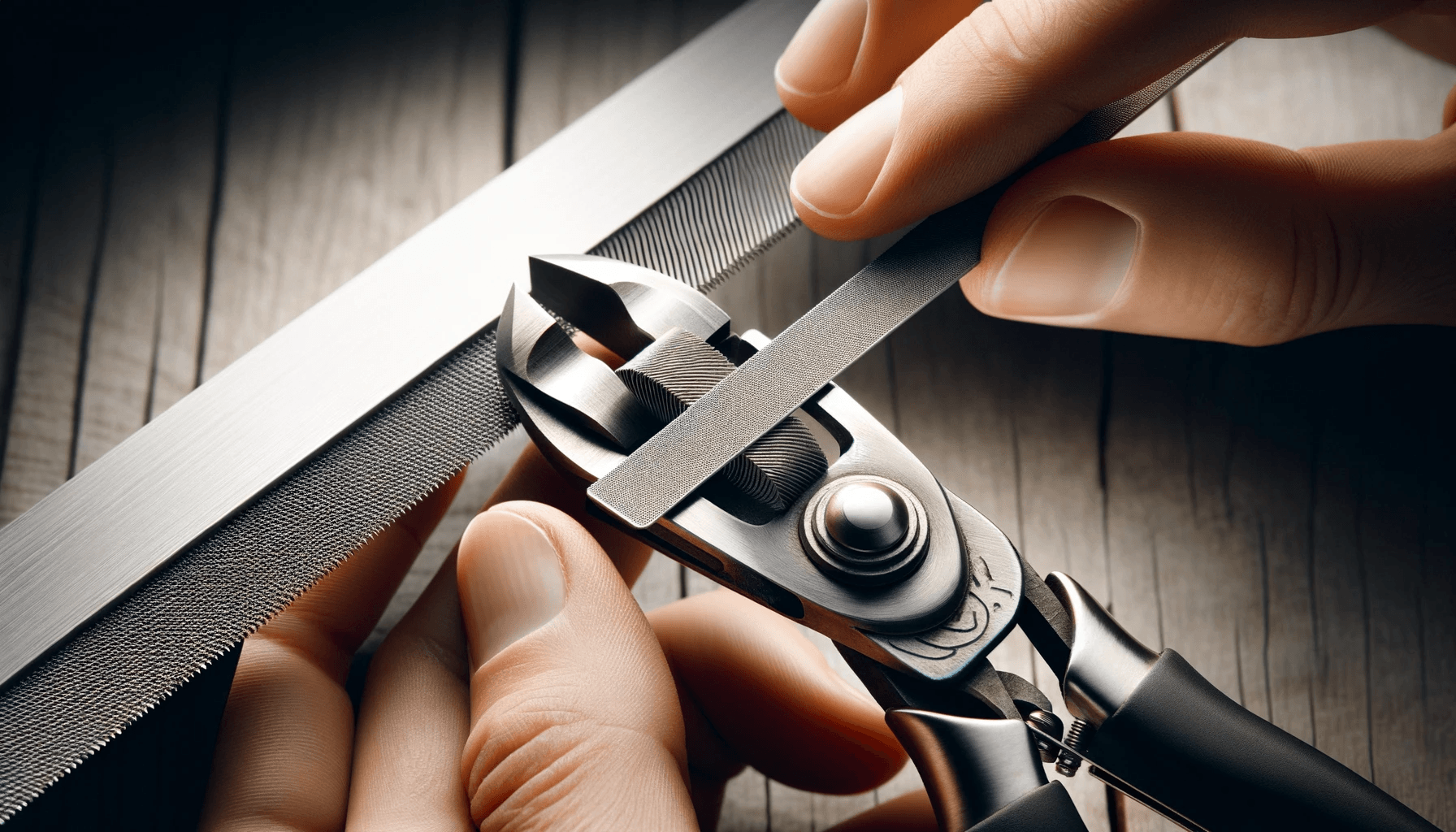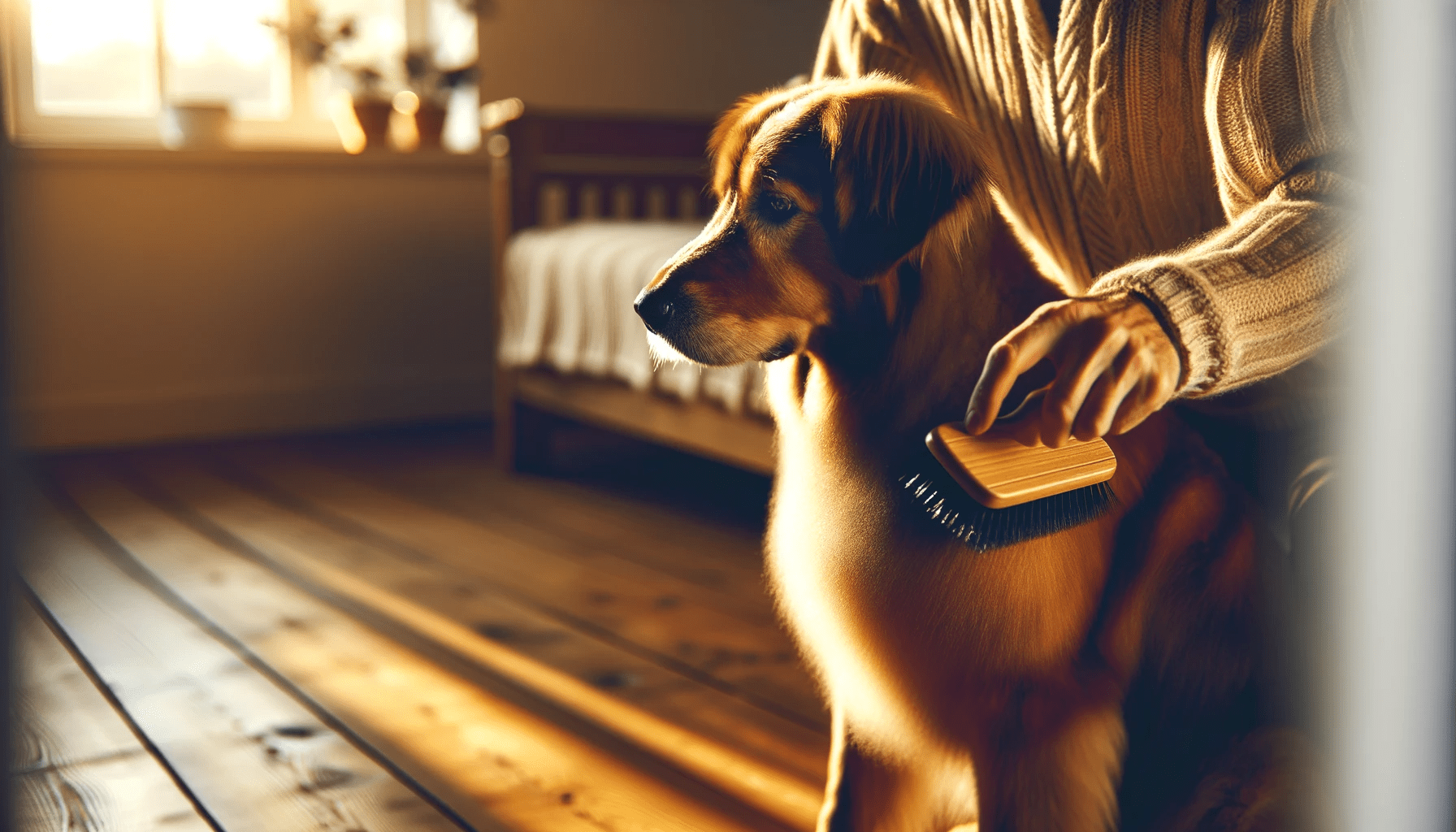Are you ready to become a master at dog grooming?
In this step-by-step guide, we'll show you how to keep your furry friend looking their best.
Regular grooming not only keeps your dog's coat clean and healthy, but it also prevents matting, maintains skin and paw health, and even prevents ear infections.
Plus, it's a great way to enhance the bond between you and your canine companion.
Get ready to become the ultimate groomer!
Key Takeaways
- Regular grooming is essential for the overall well-being of dogs.
- Proper grooming techniques help prevent skin infections and discomfort.
- Regular brushing and combing help prevent matting and tangling in the dog's fur.
- Maintaining good skin and paw health is crucial for a healthy dog.
Benefits of Regular Dog Grooming
Regularly grooming your dog has numerous benefits for both their physical health and overall well-being. One of the key advantages of regular grooming is the improvement in your dog's overall well-being. Grooming helps to keep your dog clean and free from dirt, debris, and parasites that could cause skin infections or discomfort. By regularly brushing your dog's coat, you can also stimulate their skin and promote better blood circulation, which contributes to a healthier coat. Additionally, grooming allows you to inspect your dog's skin for any abnormalities or signs of illness, enabling you to catch potential health issues early on.
Another benefit of regular grooming is the reduction in shedding. Brushing your dog's coat helps to remove loose fur and prevent it from ending up all over your furniture and floors. This is especially important for breeds with longer or thicker coats, as excessive shedding can lead to mats and tangles that can be painful for your dog. By keeping their coat well-groomed, you can minimize shedding and keep your home cleaner.
Keeping Your Dog's Coat Clean and Healthy
To maintain a clean and healthy coat for your dog, it's important to establish a regular grooming routine. Here are four essential steps to help you keep your dog's coat in top condition:
- Regular Dog Bathing: Bathing your dog is crucial for maintaining a clean coat. Use a gentle dog shampoo and lukewarm water to avoid drying out the skin. Be sure to rinse thoroughly to remove all traces of shampoo.
- Brushing and Combing: Regular brushing and combing help to remove loose hair, prevent matting, and distribute natural oils throughout the coat. Use a brush or comb that's suitable for your dog's coat type.
- Coat Trimming: Depending on your dog's breed and coat length, regular coat trimming may be necessary. Trimming helps to keep the coat neat and prevents excessive shedding. If you're unsure about how to trim your dog's coat, it's best to consult a professional groomer.
- Checking for Skin Issues: During grooming sessions, take the time to inspect your dog's skin for any abnormalities such as dryness, redness, or irritation. If you notice any issues, consult your veterinarian for proper diagnosis and treatment.
Preventing Matting and Tangling in Your Dog's Fur
To prevent matting and tangling in your dog's fur, it's crucial to practice regular brushing techniques using appropriate grooming tools.
Brushing your dog's coat on a regular basis will help remove any loose hair and prevent it from becoming tangled or matted.
Additionally, incorporating preventive grooming practices such as using detangling sprays or conditioners can further help keep your dog's fur smooth and tangle-free.
Regular Brushing Techniques
Start by gently brushing your dog's fur from the roots to the tips, using a soft-bristle brush. This helps to prevent matting and tangling, keeping your dog's coat healthy and beautiful. Regular brushing is essential for maintaining your dog's fur and preventing any discomfort or skin issues.
Here are some key brushing techniques to follow:
- Brush in the direction of hair growth to avoid pulling or causing discomfort.
- Use short, gentle strokes to remove any loose hair and debris.
- Pay special attention to areas prone to matting, such as behind the ears and under the legs.
- Establish a grooming frequency that suits your dog's breed and coat type, but aim for at least once a week.
Appropriate Grooming Tools
To prevent matting and tangling in your dog's fur, it's essential to use appropriate grooming tools. Investing in the right dog grooming equipment won't only help maintain your dog's coat but also promote a healthy and happy pet.
Start with a slicker brush, which is ideal for removing loose hair and preventing matting. Comb through your dog's coat in gentle, short strokes, starting from the roots and moving towards the ends.
Additionally, regular grooming tool maintenance is crucial. Clean and sanitize your brushes and combs after each use to prevent the spread of bacteria and fungi. Remove any loose hair or debris from the tools and store them in a clean, dry place.
Preventive Grooming Practices
Prevent matting and tangling in your dog's fur by regularly grooming them and using proper techniques. Here are four preventive grooming practices that will help keep your dog's fur in great condition:
- Brush Regularly: Brushing your dog's coat regularly helps remove loose hair, preventing shedding and reducing the chances of matting and tangling.
- Use the Right Tools: Different breeds have different grooming needs. Invest in the appropriate brushes and combs for your dog's specific coat type to ensure effective grooming.
- Pay Attention to Problem Areas: Certain areas, such as behind the ears, under the legs, and around the tail, are more prone to matting. Give these areas extra attention during grooming to prevent tangles from forming.
- Regular Baths: Regular bathing helps keep your dog's coat clean and healthy, reducing the chances of matting and tangling.
Maintaining Your Dog's Skin and Paw Health
To maintain your dog's skin and paw health, there are a few key points to keep in mind.
First, regular paw pad care is essential to prevent injuries and infections.
Second, taking steps to prevent skin allergies can help keep your dog comfortable and healthy.
And finally, moisturizing your dog's skin can help alleviate dryness and promote overall skin health.
Paw Pad Care
Ensure your dog's skin and paw health by regularly caring for their paw pads. Proper paw pad care is essential for your dog's overall well-being. Here are four important tips to keep in mind:
- Paw pad protection: Protect your dog's paw pads from harsh weather conditions and rough surfaces by applying a pet-safe paw balm or wax. This will provide a barrier and prevent dryness or cracking.
- Trimming techniques: Regularly trim the hair around your dog's paw pads to prevent matting and discomfort. Use blunt-nosed scissors or a grooming clipper to carefully trim the hair without causing any injuries.
- Inspect for injuries: Regularly check your dog's paw pads for any cuts, cracks, or foreign objects. Clean the area gently with a mild antiseptic solution and provide appropriate care to prevent infections.
- Moisturize: Keep your dog's paw pads moisturized by applying a pet-friendly moisturizer. This will help keep the skin soft and prevent dryness.
Skin Allergies Prevention
To maintain your dog's skin and paw health and prevent skin allergies, it's important to be proactive in identifying potential allergens and taking necessary precautions.
One crucial step is choosing the right dog shampoo. Opt for hypoallergenic options that are specifically formulated for sensitive skin. These shampoos are free from harsh chemicals and fragrances that can irritate your dog's skin.
Additionally, regular grooming techniques can help prevent skin allergies. Brushing your dog's coat regularly removes loose hair, dirt, and potential allergens, while also promoting healthy blood flow to the skin.
Trim your dog's nails regularly to prevent them from scratching and causing irritation. Lastly, keep your dog's paws clean and moisturized to protect them from dryness and potential allergens.
Moisturizing for Dryness
To maintain your dog's skin and paw health and prevent dryness, it's essential to prioritize moisturizing as part of your grooming routine. Dry skin can lead to discomfort and potential health issues for your furry friend.
Here are four effective moisturizing techniques and dry skin remedies to keep your dog's skin and paws healthy:
- Regularly apply a dog-friendly moisturizing lotion or cream to hydrate and nourish the skin.
- Use a paw balm or wax to protect your dog's paws from dryness and cracking, especially during harsh weather conditions.
- Consider adding omega-3 fatty acid supplements to your dog's diet to improve skin health from the inside out.
- Provide your dog with a balanced diet that includes foods rich in essential nutrients and fatty acids to promote healthy skin and coat.
Preventing Ear Infections Through Regular Cleaning
Regular cleaning is essential in preventing ear infections in your dog. Ear infections can be caused by a variety of factors, including moisture, bacteria, yeast, and allergies. By keeping your dog's ears clean and dry, you can help reduce the risk of infection.
When cleaning your dog's ears, it's important to use a gentle, dog-specific ear cleaner. Avoid using cotton swabs or any sharp objects that could damage the ear canal. Gently wipe the outer part of the ear with a clean cloth or cotton ball soaked in the ear cleaner. Be sure to reach all the nooks and crannies of the ear without going too deep.
If your dog already has an ear infection, it's important to seek veterinary treatment. Your vet may prescribe ear drops or medications to help clear the infection. They may also recommend cleaning the ears more frequently during the treatment period. It's crucial to follow their instructions and complete the full course of treatment to ensure the infection is fully resolved.
Promoting Dental Hygiene in Your Dog
Keeping your dog's teeth clean is crucial for maintaining their overall dental hygiene. Just like humans, dogs can suffer from dental problems such as plaque buildup, gum disease, and bad breath. To ensure your furry friend has a healthy smile, here are some essential tips to promote dental hygiene in your dog:
- Regular toothbrushing techniques: Brushing your dog's teeth regularly is the best way to prevent dental issues. Use a dog-specific toothbrush and toothpaste, as human toothpaste can be harmful to dogs. Gently brush their teeth in circular motions, focusing on the gum line and back molars.
- Choose the right dental treats: Dental treats can help reduce plaque and tartar buildup while providing a tasty reward for your pup. Look for treats that have a texture or design that helps scrub their teeth as they chew. Remember to choose treats that are appropriate for your dog's size and dental needs.
- Professional dental cleanings: Regular visits to the veterinarian for professional dental cleanings are essential. These cleanings involve a thorough examination, scaling, and polishing to remove any stubborn tartar or plaque that brushing alone may not eliminate.
- Monitor their dental health: Keep an eye out for any signs of dental problems, such as bad breath, swollen gums, excessive drooling, or difficulty eating. If you notice any of these symptoms, consult your vet immediately to address the issue before it worsens.
Enhancing the Bond Between You and Your Dog
By actively engaging in activities with your dog, such as playing fetch or going for walks, you can strengthen the bond between you and your furry companion. Building trust and improving communication are crucial aspects of enhancing this bond.
Trust is the foundation of any relationship, and it's no different when it comes to your dog. Spend quality time with your dog and be consistent in your actions and commands. This will help your dog feel secure and develop trust in you.
Additionally, effective communication is key to understanding your dog's needs and desires. Pay attention to their body language, vocalizations, and behavior. This will help you decipher what they're trying to communicate. Respond appropriately and consistently to their cues, and always use positive reinforcement to encourage desired behaviors.
Frequently Asked Questions
What Are the Best Grooming Tools to Use for My Dog's Specific Coat Type?
To choose the best grooming tools for your dog's specific coat type, start by understanding the different types of coats. Then, select a brush that is designed for your dog's coat, ensuring effective grooming and keeping their fur healthy and tangle-free.
How Often Should I Bathe My Dog to Keep Their Coat Clean and Healthy?
To keep your dog's coat clean and healthy, bathe them regularly based on their specific needs. Trimming their nails should be done as needed to prevent injury. For a shiny coat, try natural remedies like coconut oil or regular brushing.
What Are Some Tips for Preventing Matting and Tangling in Long-Haired Dog Breeds?
To prevent matting and tangling in long-haired dog breeds, use proper brushing techniques and choose the right grooming products. Regularly brush your dog's coat, starting from the roots and working your way to the ends, using a detangling spray if needed.
How Can I Treat and Prevent Dry Skin or Paw Issues in My Dog?
To treat and prevent dry skin or paw issues in your dog, try natural remedies like moisturizing balms or oatmeal baths. If the problem persists, consult your vet for possible veterinary options.
How Often Should I Clean My Dog's Ears to Prevent Infections?
To prevent infections, clean your dog's ears regularly. However, cleaning too often can irritate the ears. Use the best cleaning solutions recommended by your vet to maintain optimal ear health.
Conclusion
In conclusion, regular dog grooming is essential for maintaining the health and well-being of your furry friend. By keeping their coat clean and healthy, preventing matting and tangling, maintaining their skin and paw health, and promoting dental hygiene, you can ensure your dog's overall wellness.
Additionally, regular grooming helps prevent ear infections and strengthens the bond between you and your beloved pet. Remember, taking care of your dog's grooming needs is a responsibility that shouldn't be overlooked.
